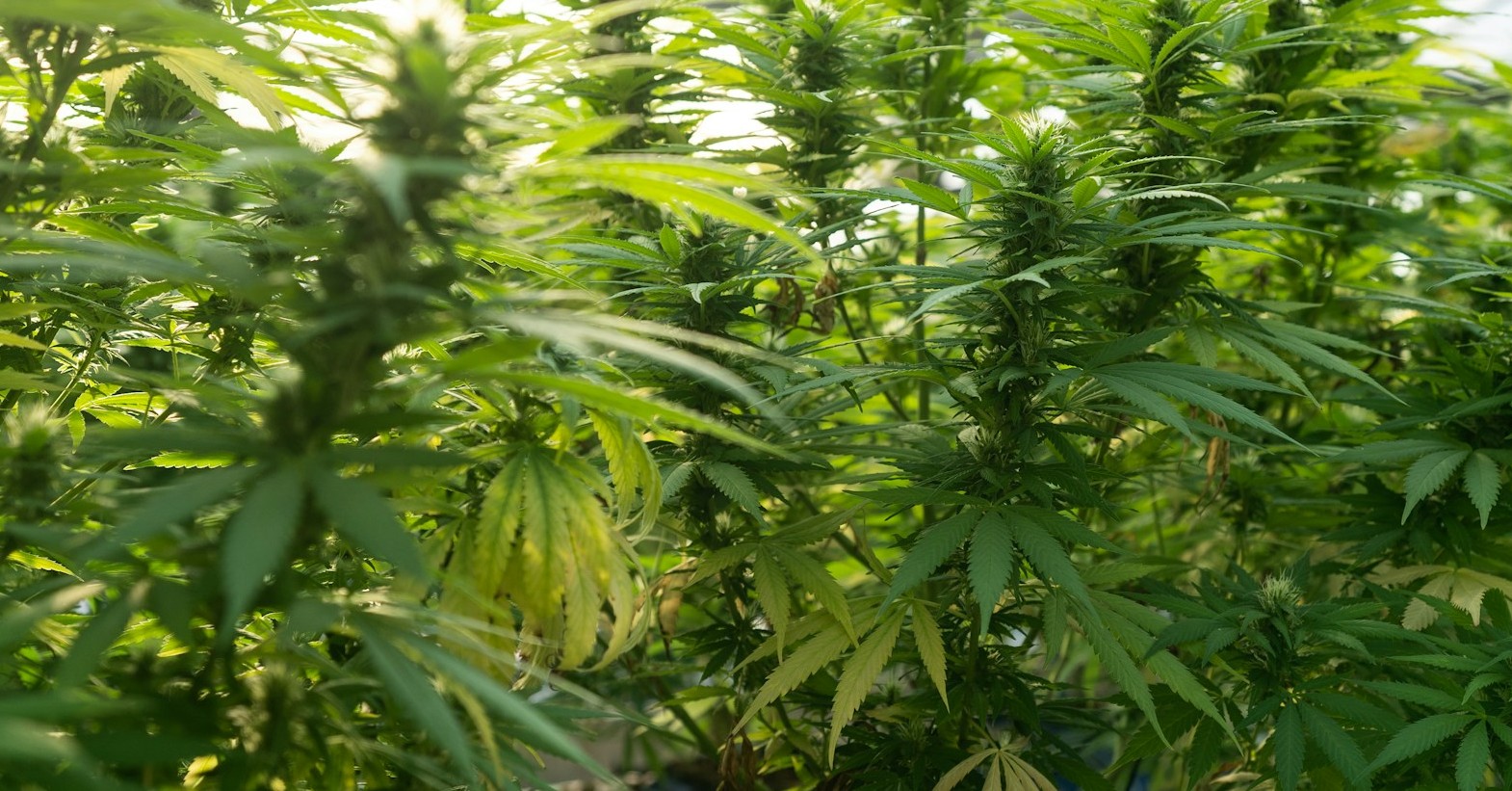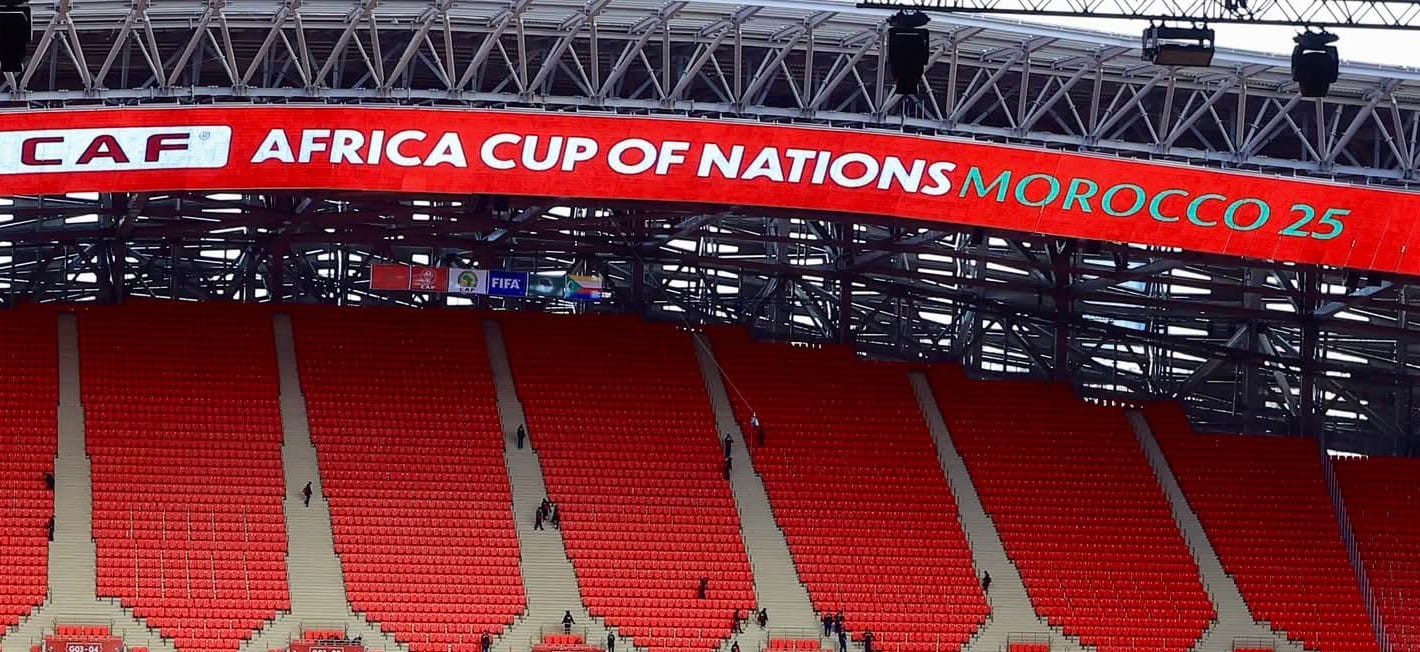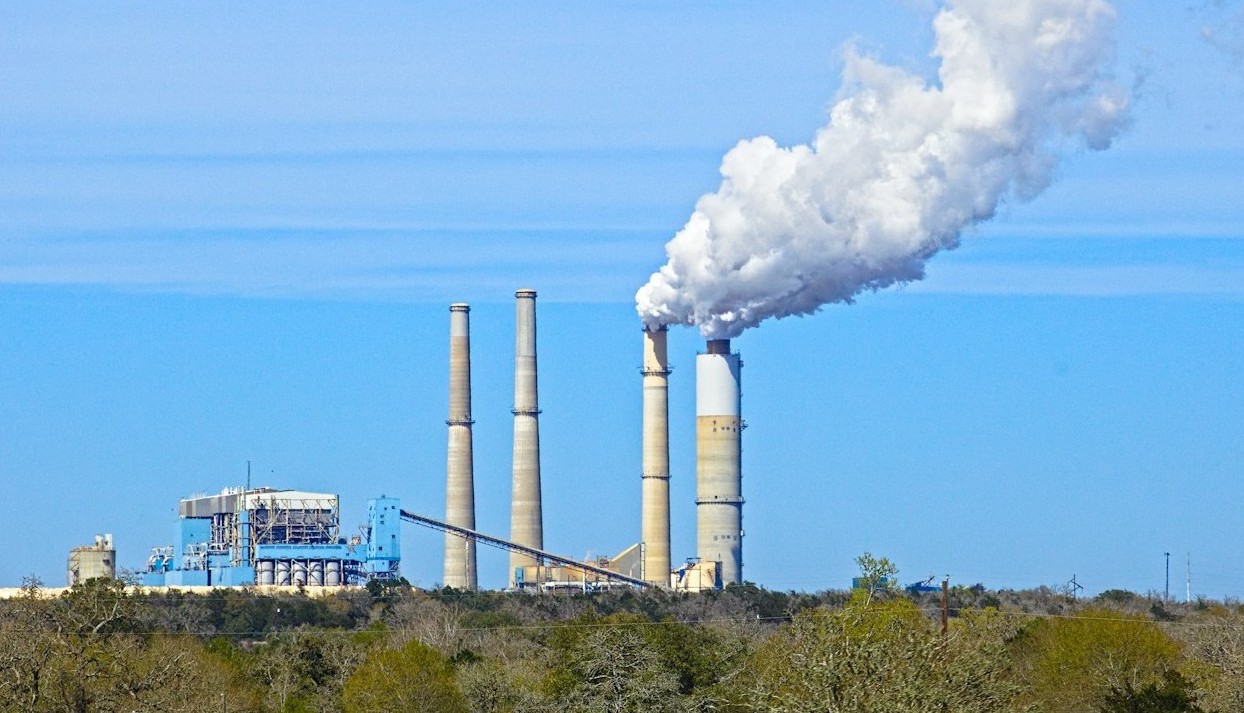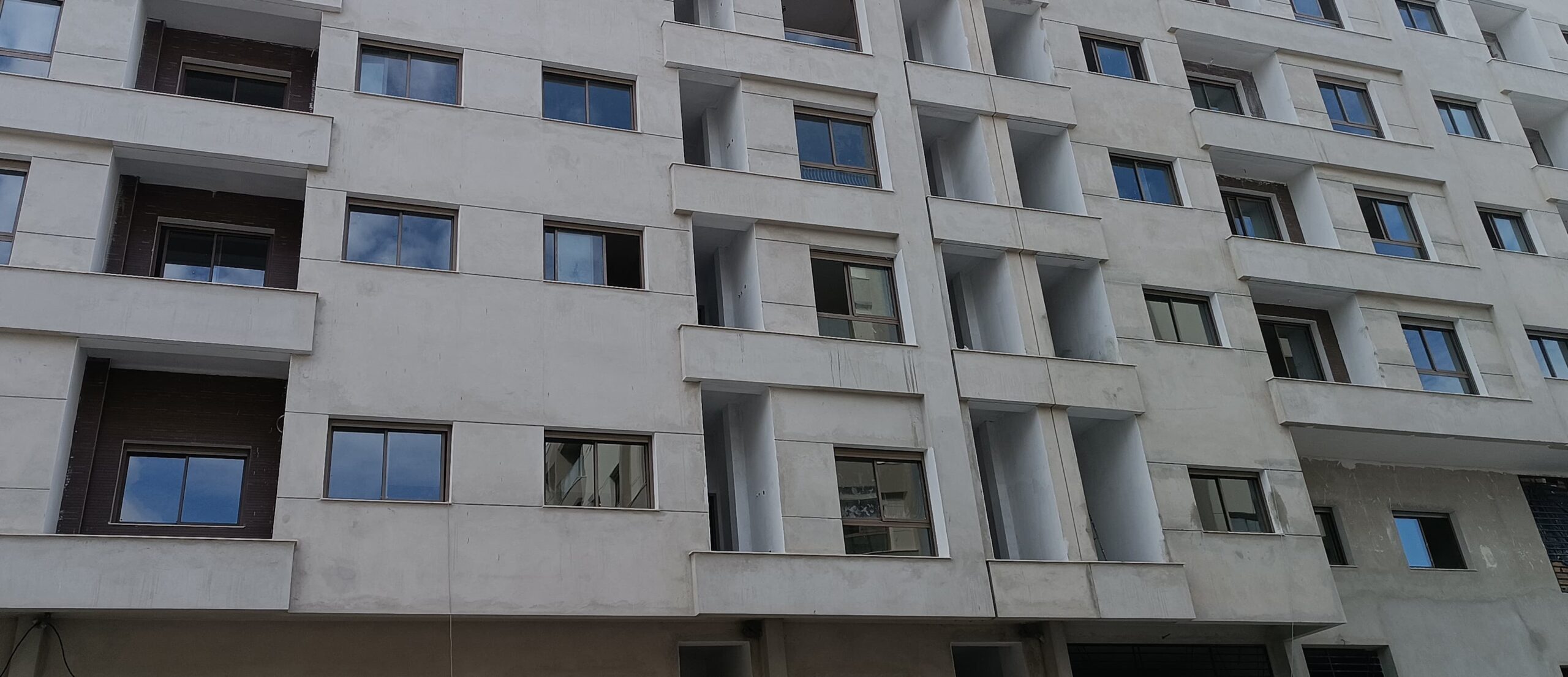Casablanca – As Morocco prepares to co-host the 2030 FIFA World Cup with Spain and Portugal, the country is facing growing pressure to speed up the adoption of a carbon tax. International partners, including the European Union and FIFA, are urging the Moroccan government to strengthen its environmental policies in line with global climate commitments.
The proposed carbon tax, set to take effect on January 1, 2026, is designed to reduce greenhouse gas emissions by putting a price on fossil fuel consumption. It is part of Morocco’s broader plan to align with the European Union’s Carbon Border Adjustment Mechanism (CBAM)—a regulation that will apply taxes on carbon-intensive imports from countries that do not meet EU climate standards.
FIFA, which places increasing emphasis on environmental responsibility, is also pushing for clear sustainability plans from all World Cup host countries. For Morocco, this includes reducing the carbon footprint of stadiums, transportation, hotels, and other infrastructure. According to sources familiar with the matter, adopting a carbon tax is now seen as a necessary step to meet FIFA’s environmental requirements and avoid scrutiny from international monitors.
In a recent report, Fitch Solutions noted that Morocco is unlikely to introduce the tax in 2025, but added that the 2026 launch of CBAM will push the country to move forward, especially for industries with high emissions such as cement, phosphate, and steel. Experts warn that without action, Moroccan exports could lose competitiveness in European markets, which remain the kingdom’s largest trading partner.
Industries like phosphate producer OCP Group, cement manufacturers, and the steel sector are among those most affected. A shift toward clean energy and green technologies is underway, but many companies—especially small and medium enterprises—still face challenges related to cost, technology access, and skilled labor.
To address these issues, the Moroccan government has laid out a national strategy to increase the share of renewable energy to 52% by 2030 and up to 70% by 2040. Major investments are also being made in green hydrogen and clean energy infrastructure, with OCP Group alone committing $13 billion toward decarbonization.
Other proposed measures include setting up a domestic carbon market, launching a national emissions monitoring and certification system, and offering incentives to support industries in their transition. The carbon tax, based on the “polluter pays” principle, is also expected to contribute positively to Morocco’s public budget, potentially boosting GDP by 0.8%.
Still, challenges remain. Experts highlight the need for stronger public-private partnerships, clearer technical guidelines, and international financial support to help Moroccan industries adapt. Some also suggest negotiating special conditions with the EU for strategic sectors, based on the principle of “common but differentiated responsibilities.”
Despite the high cost of transitioning to a low-carbon economy—estimated at over $10 billion—analysts believe the long-term gains could outweigh the investment. According to projections, Morocco could save up to $15 billion in future carbon-related taxes by 2030, while creating up to 300,000 green jobs and boosting annual economic growth by 3%.
In the face of rising global environmental standards, Morocco now finds itself at a critical crossroads. The country must balance its economic interests, international obligations, and environmental goals—turning the carbon tax from a challenge into an opportunity for sustainable growth.
















